ABC was happy to welcome James Bradley on November 17th, hosted by UPS/Slater Museum (thanks!), the incredible guide with whom Ed & Kay Pullen and Bruce LaBar toured Kenya a year ago. Now living most of the year in B.C., James still sported his African-English accent acquired during his formative years in Kenya.
His narrative, entitled “Geology, Landscapes and the Biogeography of the Birds of Kenya,” was more of a class than a travelogue, as he took us through the geography, geology, climatology, biomes, and migration routes across Kenya and east Africa. We learned the geology of the rift valley and that the Arabian Sea and Red Sea are older rifts that eventually reached down to water. Kenya is dotted with dormant or extinct volcanoes of three types, as well. Graphic photos showing dry vs. wet seasons of the same areas showcased the scope of habitats available in what we might have expected to be year-round tropics elsewhere. Besides the famous Lake Victoria, there are may other lakes including saline lakes, some of which are seasonal. Flamingoes love these! Although there are many trees, famously acacias and baobabs, there are few dense forests. Because of less dense forestation, birds are easier to see in Africa in general than in the true jungles of South America, for example, plus there’s all that fabulous big game!
There are quite a few endemics if you count the entire biome for each, which stretch across surrounding political borders. These 6 main biomes include types of groundcover, soil, trees and forests, as well as salt and fresh water habits, which were explained in detail, as well as threats to each.
James’ current work is research in western Kenya, bordering Uganda, Lake Victoria, and Tanzania, where he has been studying a possible new species of cistacola. When asked for photos of the bird, he replied that recordings (which he played for us) are more confirmatory for this group of birds which look mostly alike. James is an ear birder extraordinaire, much preferring to identify birds and other wildlife by their sounds than by sight. In the case of the cistacolas, they are also named by their vocalizations rather than their appearances. James gave us a short quiz to see whether we could match sounds with the appropriately named cistacolas, but he called it off before we finished, hopefully not because of our sluggish responses!
James goes to Kenya at least a couple of times a year and has been leading small personalized tours recently, and Bruce, Ed, and Kay were certainly sharing their delight with the tour they went on. He will be going again in March/April and possibly again next November. Since the tours are small, you’d better sign up soon. Details can be found on his website: birdinginkenyasafaris.com, and the home page of the site currently features Ed, Kay, and Bruce, with James and other members of last year’s safari.
We need a field trip to Africa with James!

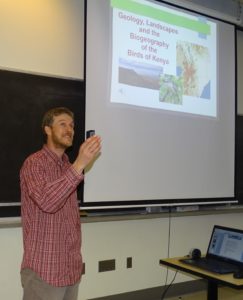


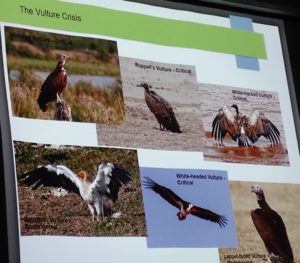
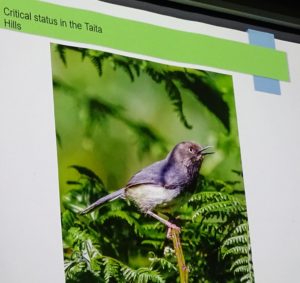
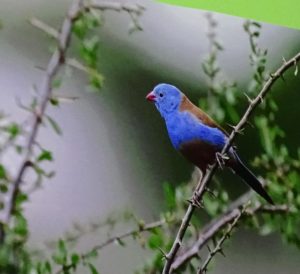
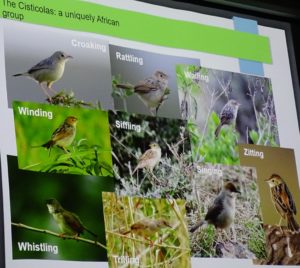
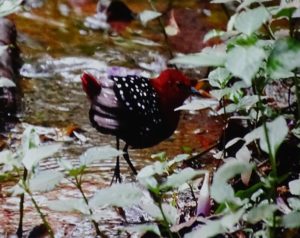

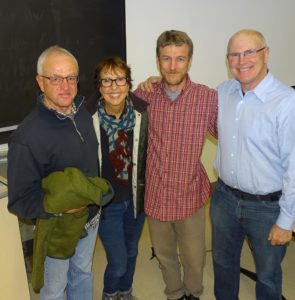
James replies: It was great to be able to talk to the group and I’m very pleased you enjoyed it.
And it would be a pleasure to show you Kenya in person of course! In addition to the Mar-Apr trip on the website, there is another one planned for Nov-Dec 2018 departing after Thanksgiving. Details of that will be posted shortly.
Very Best Wishes,
James